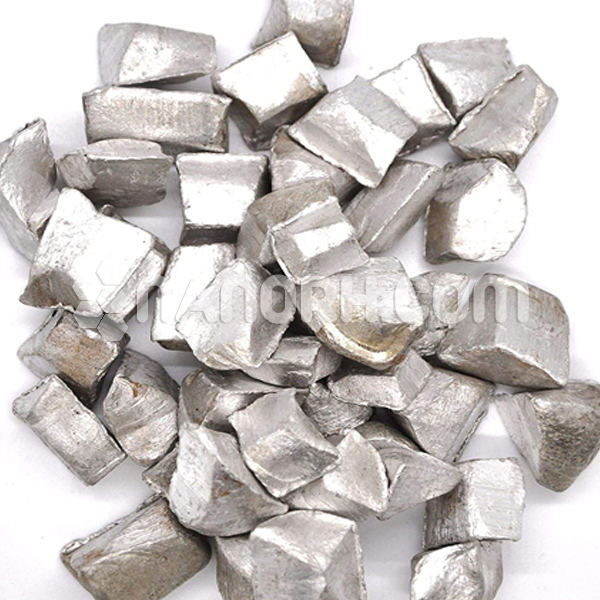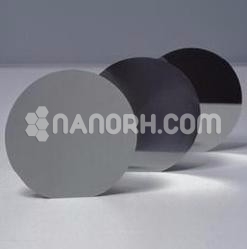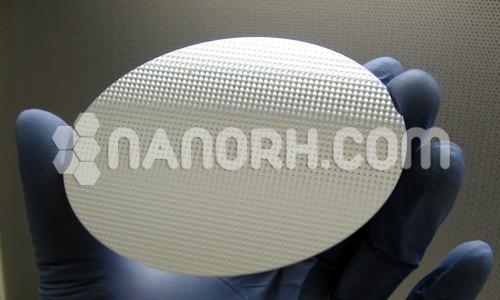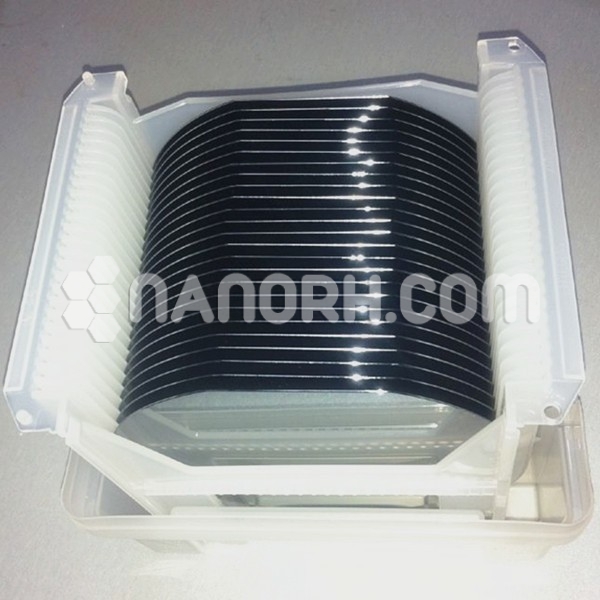| Indium Pellets | |
| Product No | NRE-62022 |
| CAS No. | 7440-74-6 |
| Formula | In |
| Size | 1/4″ Dia. x 1/2″ Length (Can be Customized) |
| Quantity | 10g, 25g, 100g |
| Purity | 99.99% |
| Molecular Weight | 114.81 g/mol |
| Density | 7310 kg/m3 |
| Melting Point | 156.6 °C |
| Boiling Point | 2080 °C |
Indium Pellets
Introduction:
Indium pellets is a soft, malleable metal with the symbol In and atomic number 49. It is known for its unique properties, including excellent thermal and electrical conductivity, low melting point, and resistance to corrosion. Indium pellets are solid forms of this metal, widely used in various industrial and technological applications.
Key Features:
Low Melting Point:
Indium has a melting point of approximately 156.6 °C (313.88 °F), making it useful in applications that require low-temperature processing.
Malleability and Ductility:
Indium is highly malleable and ductile, allowing it to be easily shaped and formed into different configurations.
Corrosion Resistance:
Indium exhibits excellent resistance to corrosion and oxidation, which enhances its durability in various environments.
Thermal and Electrical Conductivity:
Indium has good thermal and electrical conductivity, making it suitable for applications in electronics and heat management.
Versatile Forms:
Indium pellets can be produced in various sizes and shapes, tailored for specific applications across different industries.
Applications:
Soldering Materials:
Indium is commonly used in soldering materials, particularly in electronics, where it forms low-melting alloys for joining components, especially in applications requiring high reliability.
Semiconductors:
Indium is a key component in the production of indium antimonide (InSb) and indium gallium arsenide (InGaAs), which are used in various semiconductor devices and infrared detectors.
Thin Film Coatings:
Indium is used in thin film coatings for optical and electronic applications, enhancing the performance and durability of various surfaces.
Thermal Interface Materials:
Due to its excellent thermal conductivity, indium is used in thermal interface materials to improve heat transfer between components, such as in electronics and LED devices.
Nuclear Applications:
Indium is utilized in certain nuclear applications due to its ability to absorb neutrons, making it useful in control rods and radiation shielding.




